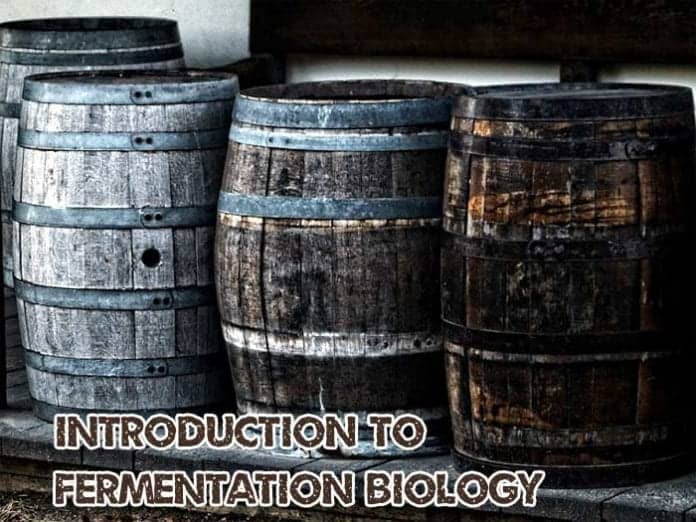
Fermentation Biology: Since time immemorial, humans have been using multiple techniques to make and preserve food for a longer duration.
One of the most antique methods involves the production of food through the process of fermentation.
Whether it is wine, cheese, yogurt, bread or pickles, fermentation is part and parcel of many such edibles.
In this article, we will explore what is fermentation biology, types of fermentation, range of products in fermentation, microorganisms in fermentation, foods produced via fermentation, real-life applications of fermentation and finally the future of fermentation technology.
Table of Contents
What is Fermentation Biology?
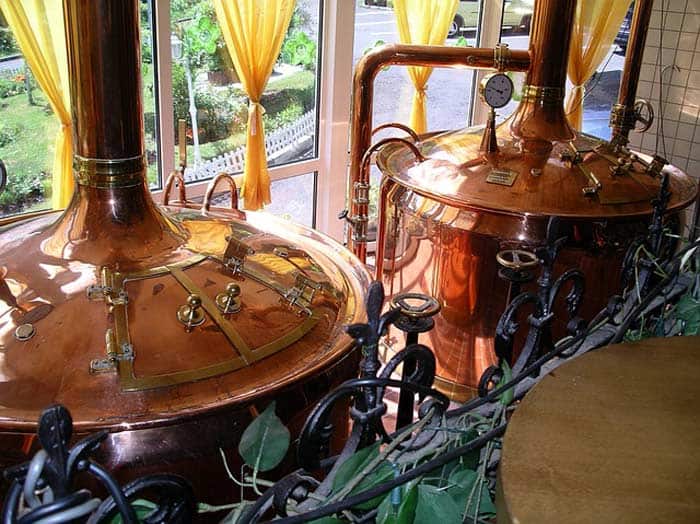
Fermentation biology is an energy releasing process that brings about chemical changes in raw food. These chemical changes are brought about by various chemicals called enzymes.
- The enzymes are taken from or released by microorganisms. Fermentation and microorganisms that are used to produce products for day to day consumption are widely studied under biotechnological studies.
- Scientifically, fermentation involves the conversion of glucose present in the food is into energy (cellular respiration – ATP).
- The process takes place in the absence of oxygen (anaerobic respiration).
![]()
Types of Fermentation
Based on chemicals produced during the process of fermentation, it can be divided into two types:
- Lactic Acid Fermentation.
- Alcoholic Fermentation.
![]()
1. Lactic Acid Fermentation
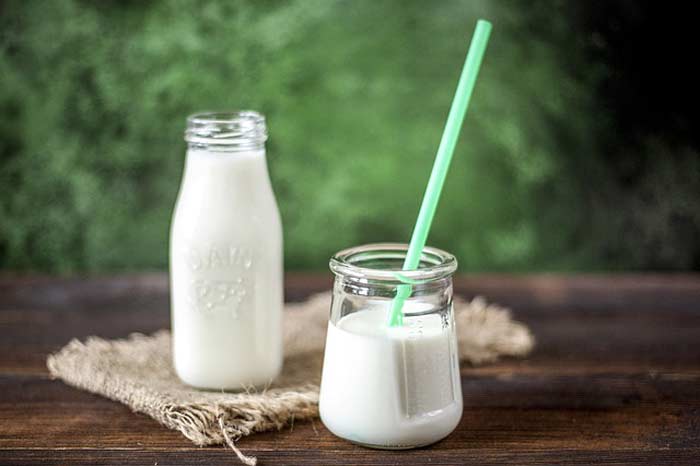
The fermentation, in which lactic acid is the product, is called lactic acid fermentation.
- It occurs in human muscle cells when there is less availability of oxygen.
- Yogurt production is a type of lactic acid fermentation in which bacteria are used to convert milk into yogurt enzymatically.
- Lactic acid fermentation is chemically represented as:
C6H12O6 → 2 C3H6O3 + Energy (ATP)
( Glucose → 2 Lactid acid + ATP )
![]()
2. Alcoholic Fermentation

The alcoholic fermentation usually occurs in yeast. As a result of alcoholic fermentation alcohol and carbon dioxide are produced.
- For ages, products are made and stored using the process of fermentation.
- Beer, wine, yogurt, pickled food, cheese, and bread are produced as a result of fermentation of food items.
- Alcoholic fermentation is chemically represented as
C6H12O6 → 2 C2H5OH + 2 CO2
( Glucose → 2 Ethanol and Oxygen Gas + 2 Carbon Dioxide)
![]()
Range of Products in Fermentation
In the process of fermentation, a variety of end products is formed based upon the process and microorganisms used. Usually, the products made at the end of the fermentation process are:
- Material or metabolite made by microorganism itself.
- Any foreign product changed by a microorganism.
- Biomass manufacture that involves the formation of microbial cells itself.
- Enzymes and chemicals produced by microorganisms.
![]()
Microorganisms involved in Fermentation
Apart from fermentation in muscle cells of living organisms, the fermentation of food items involves some microorganism into action. Some of the most commonly used microorganisms used in the fermentation of food items are as follows:
- Yeast
- Moulds (or) Molds
- Bacteria
![]()
1. Yeast

Yeasts are fungi derived organisms invisible through the naked eye.
- Depending upon the species of yeast, they produce damaging as well as beneficial effects.
- Fermentation process extensively employs the use of yeast in producing food items.
- Alcohol, bread and liquid drinks derived from grains are produced by the yeast fermentation process.
![]()
2. Moulds
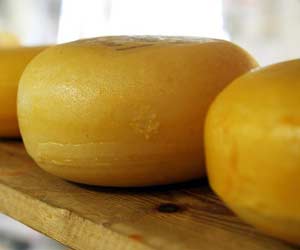
Moulds are small organisms actively used to produce fermented products.
- There are varieties of moulds employed to produce fermented products; care should be taken to use good moulds for making edible items.
- Some of them are also involved in spoiling the food.
- Cheese, fruit flavoring and citric acid are produced through fermentation by molds.
![]()
3. Bacteria
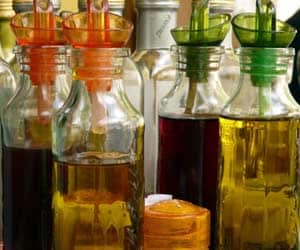
Many food items are produced with the help of bacteria.
- Bacteria are mostly considered as the contributory agent to deteriorate the food causing diseases and infections.
- However, certain types of bacteria are beneficial for human needs.
- Vinegar, proteins products from soya bean and yogurt are produced by good bacterial species through the process of fermentation.
Microorganisms are involved in both types of fermentation. Lactic acid and lactate fermentation is undergone by multiple bacterial species, fungal organisms, animal cells (includes muscle cells) and Protista microorganisms. Alcoholic fermentation is carried out by many plant cells and yeast.
![]()
Media in Fermentation

For the preparation of fermented products, a unique mixture is required that contain microorganisms and other components.
- This mixture is also known as culture media used in laboratories for growing particular type of microorganism.
- These components include agents needed by the small organisms for their activity and growth.
- Some of the ingredients in culture media include vitamins, lipids, carbohydrates, amino acids, chemical elements, and growth factors.
![]()
Available Fermented Foods
Nowadays, a broad range of food items is prepared with the help of the fermentation process. These food items are not only healthy but also palatable. Some of the fermented food items are listed below:
1. Kimchi
It is a favorite food native to Korea. Due to its low-calorie content, nutritional benefits and delicious taste, it has gained worldwide recognition.
![]()
2. Sauerkraut
Cabbage is finely cut down and treated through the process of fermentation with the help of bacteria. The fermentation factor enhances the nutritional capability of cabbage and forms various useful agents for consumption such as folate, vitamins, and manganese.
![]()
3. Natto
Natto is a popular Japanese food made from soya. Soya is fermented under bacterial fermentation. During fermentation of soya beans, a sticky material is produced as a result of enzymes action from bacteria. Natto acts as a superfood for human consumption and also helps in thinning of the blood.
![]()
4. Kefir
Milk is fermented by the action of lactic acid bacteria and yeast to produce a dairy product called Kefir. The lactic acid bacteria and yeast are present as proper balance in for of kefir grains. It helps in the activation of the immune system and cancer treatment properties.
![]()
5. Kombucha
Kombucha is special form of fermented tea. It is easily available in markets and can be prepared at home also. It holds substantial health benefits like protection from numerous diseases including cancer, controlling cholesterol level in blood, decreasing blood pressure and removal of toxic agents from the body.
![]()
Applications of Fermentation
Fermentation is a process of anaerobic conversion sugars to carbon dioxide and alcohol by yeast or bacteria.
- Fermentation has always been an efficient technology, and people have been using it for an extended period.
- Fermentation biology holds extensive and comprehensive applications in domestic as well as the industrial and medical sector of life.
Some notable applications are domestic applications, industrial applications, and medical applications.
![]()
Domestic applications
These techniques have always been a part of our lifestyle. Following uses of fermentation technology have huge profit and importance in our lives.
![]()
1. Yogurt

Fermented milk is the critical ingredient in yogurt formation. Dairy farming caught attention around 5000 BC, and people began raising milking animals.
- According to Archaeologists discovery of yogurt was probably by an accident when some stored milk turned sour.
- Bacteria like Streptococcus lactis as well as Lactobacillus bulgaricus or Lactobacillus acidophilus are involved in the production of yogurt.
- The function of these bacteria is to convert lactose sugar of milk into lactic acid, and so yogurt gets its specific flavor. Yogurt is made through lactic acid fermentation.
![]()
2. Bread
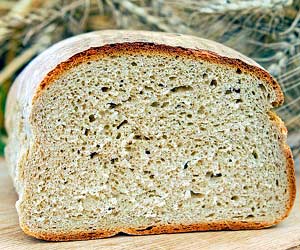
Fermentation biology is the basis of bread’s soft and chewiness.
- Addition of yeast and sugar in the formation of flour dough and then leaving it to rest for some time results in the conversion of sugar to carbon dioxide by yeast.
- This very gas formation process provides bread its bulk and texture. Different resting times and starters lead to the formation of a different type of bread.
- Bread making is an example of alcoholic fermentation.
![]()
3. Pickles
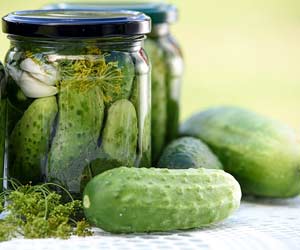
Pickling is believed to have been rooted 4000 years deeply. Product to be preserved is stored in a tank containing a brine solution.
- Resting time of more than five weeks is given to the product. During this time bacteria converts sugar of product in lactic acid and so product gets its sour taste.
- This is the best method of preservation and will last for months. Pickles are made under lactic acid and acetic acid fermentation.
![]()
Industrial Applications
Fermentation technology holds a firm place in the industrial sector. Industrial fermentation is based on microbial metabolism.
- Microbes produce different kinds of substances that they used for growth and maintenance of their cells.
- These substances can be useful for humans. Milestone for industrial development is to not only enhance but also utilize microbial activity for the service of mankind.
- This technique has led to the commercial production of many useful products.
![]()
1. Alcoholic Beverage industries

The yeast culture is used in the production of these beverages.
- Manufactures produce these products on a massive scale by adding yeast and source of sugar together including grain, grapes, berries, rice, and honey.
- The more resting time is given, the more elegant end product will be. At present makers manufacture wine, mead, beer, and associated products by combining yeast/bacterial cultures with sugar source and water.
- Alcohol, carbon dioxide, and high pH levels make these beverages unsuitable for bacterial production.
- These are made under alcoholic fermentation.
![]()
2. Chemicals
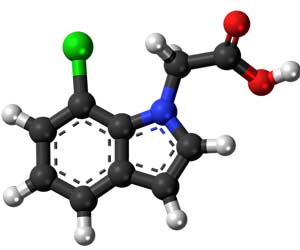
Many chemical products including amino acids, polymers and acids like lactic acid, acetic acid, and citric acid as well as bioinsecticides are produced following this old technique.
- So, lactic acid fermentation and acetic acid fermentation is employed for the preparation of such chemicals.
![]()
3. Enzymes
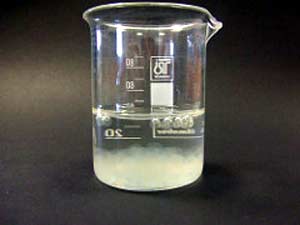
Enzymes are used in many industries as catalysts. Microorganisms are the favored source for industrial enzymes.
- Bacillus bacteria is the most important and widely used microbe for production of about 70% of enzymes.
- Hydrolases that is involved in the breakdown of proteins and lipids, as well as glucose isomerase involved in the manufacturing of syrups in the food industry, are typical examples.
- Yeast cells undergo lactic acid fermentation to produce isomerase.
![]()
4. Biofuels

Fuel sources used at present are non-renewable and sure enough, will not that readily available in future if we keep them exploiting like this.
- Biofuels have proved to be an excellent replacement to those non-renewable sources. Mainly ethanol and biogas are most important biofuels at present produced by the action of microbes in bioreactors.
- Biodiesel, butanol, and biohydrogen can also be produced following this path.
- Future substitutes for fossil fuels will be biofuels as pollution from fossil fuels is more severe, and CO2 production is more as compared to biofuels which produce less air pollution.
- Ethanol is produced under alcoholic fermentation.
![]()
Medical Applications
The world has already progressed far on the road of medical development.
- In this progress role of fermentation, biology is undeniable.
- This method has led to the production of immensely useful medicines and vaccines that today are most commonly used.
![]()
Antibiotics and Other Health Care Products

Antibiotics are those chemicals that are produced as a defensive arm against other microbe’s attack by bacteria and fungi.
- These antibiotics are nowadays produced from molds or bacteria called actinomycetes.
- Over 4000 antibiotics have been recognized until now, but about 50 are produced regularly.
- Among this penicillin and tetracycline are most common.
- The other major healthcare products produced with the help of industrial fermentation are bacterial vaccines, therapeutic proteins, steroids, and gene therapy vectors.
- Bacteria usually undergoes lactic acid fermentation to produce various products.
![]()
Future Prospects of Fermentation Biology
Fermentation technology will hold a more firm place in future then it holds in today’s market.
- Fermented products will attain more popularity in the coming age as these products are highly significant and practical.
- Such as biofuels and biomass will more specifically gain stupendous application once people realize its benefits and scientists find large-scale production methods.
The medical industry will get benefitted with this technology as the production of medicines and therapeutic products get their way clear, using microorganisms.
![]()
With the passage of time, its due that mankind will have to endure more gruesome diseases so this technology can help to encounter that aspect of the future by the production of useful vaccines and likely stuff.
![]()
Cite This Page
References
- AN INTRODUCTION TO FERMENTATION by Brian Pumphrey and Christian Julien (May 1996). Accessed November 09, 2018. Link.
- “FERMENTATION PROCESSES AND THEIR APPLICATION.pdf | Cellular Respiration | Fermentation”. Accessed November 09, 2018. Link.
- Fermentation Media. Accessed November 09, 2018. Link.
- “Beginner’s guide to fermented foods | BBC Good Food”. Accessed November 09, 2018. Link.
- “(PDF) Fermented Foods: Past, Present and Future”. Accessed November 09, 2018. Link.
- Flickr Image Credit tjmwatson
















